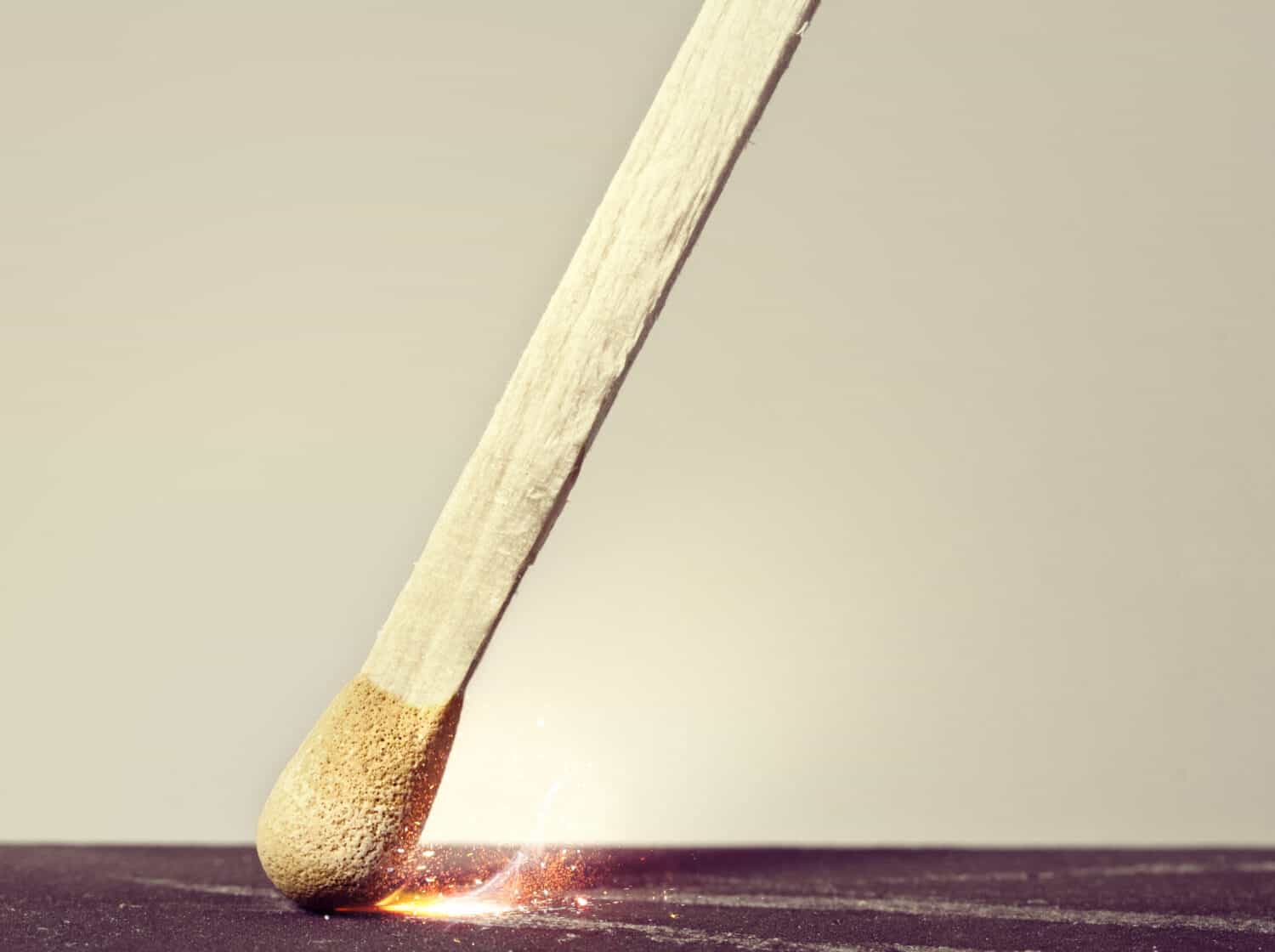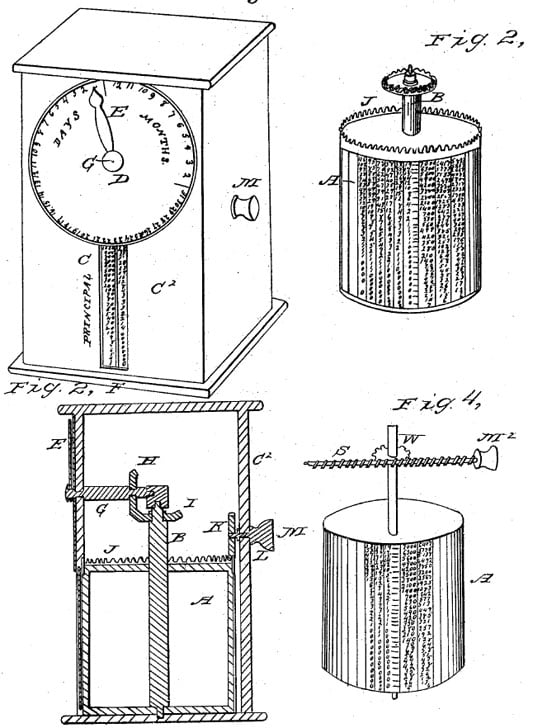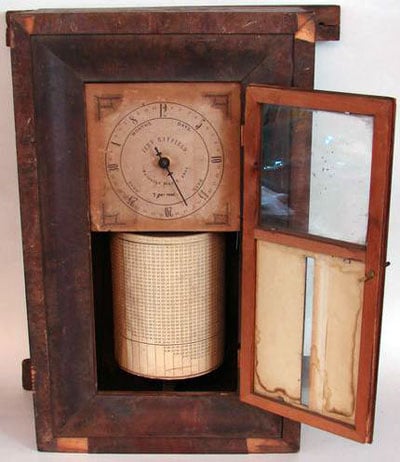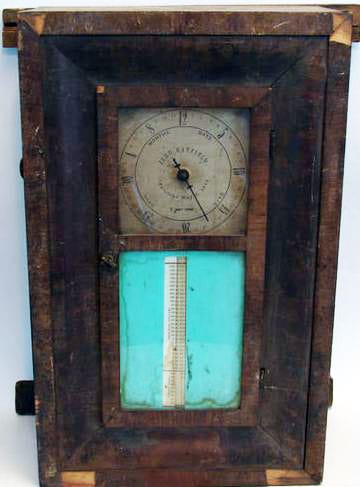Jehu Hatfield was an inventor during the 19th century. While he was working with spittoons, pottery, and Lucifer matches, his friend gave him a pair of friction matches. Hatfield was blown away by the small tools and wanted to know how they were made. He asked some local chemists for help but ultimately decided to experiment by himself (even though he was not a chemist). Hatfield successfully figured out the chemical formula for the friction matches — the very first ones made in the USA. Unfortunately, he didn’t get a patent in time, so Hatfield moved on to other inventions — particularly, his new machine for calculating interest. He did get a patent this time and even got a second patent for a later invention, his machine for making paper boxes.
Who Was Jehu Hatfield?
Jehu Hatfield was an American inventor known for producing an incredible calculator used in money calculations. On May 6, 1844, he took out a US patent №3574 for a machine for computing interest, measuring lumber, and for other purposes. It is unknown how many devices were produced, but at least one managed to survive until our time.
Quick Facts
- Full Name
- Jehu Hatfield
- Birth
- June 16, 1806
- Death
- April 23, 1871
- Children
- Mary E. (1835), Charles Berryhill (1838), and Ann Eliza (1842)
- Nationality
- American
- Fields of Expertise
- [“Mathematics”,”Inventor”]
- Contributions
- Machine for Computing Interest

Early Life
Jehu Hatfield was born on June 16, 1806, in Middle Paxton Township, Dauphin County, Pennsylvania. He was the 6th child of John Hatfield, Jr. (1745-1813) and his third wife, Nancy Berryhill (1766-1850).
His father was a dairy farmer in Dauphin County. Unfortunately, he died in 1813. His wife and thirteen children were left behind. John Hatfield sired five children from the first marriage, two from the second, and eight from the third. Although some people think Jehu Hatfield might be closely related to Aaron Hatfield from Pennsylvania (who invented a machine for adding numbers), they are not connected.
Jehu stayed on the family farm for some years before relocating to New York State when he reached adulthood.
Career
Spittoon and Pottery Making Business
Jehu Hatfield worked in a spittoon and pottery-making business in Mechanicville around 1830. As he was working in the industry, Jehu and his friend Joll Farnam saw a business opportunity with some French fire-sticks offered for sale on the New York docks. They also decided to establish a massive match-making operation in the USA.
Jehu cracked the chemical formula that ignited the friction matches and was even granted a patent in this area (US Patent №219, 1837). With his friend Farnam, they claimed to have invented the first friction matches in the USA, widely known as “locofocos”.
However, Jehu’s invention was ultimately unsuccessful because of a minor technical filing error. Although he had received a patent for his mode of dipping the matches, the second patent he needed was rejected. Jehu went ahead and made the matches anyway, but unfortunately, another inventor was able to get a patent for friction matches. So, Jehu had to give up his match idea and move on to something else.

©KConstantine/Shutterstock.com
What did Jehu Hatfield Invent?
Machine for Computing Interest
On May 6, 1844, Jehu Hatfield had an invention idea; hence, he took out a US patent №3574 for a machine for computing interest, measuring lumber, and other purposes. Hatfield wanted to provide a machine with a quick calculating mechanism. It is unknown how many devices were produced, but at least one managed to survive today.

The device sits in a pine case with a mahogany veneer, much like many 1840s shelf clock cases. It has a door with glass on the top side and blue-colored paper on its lower half.
Hatfield’s machine has a vertical revolving cylinder (marked with A) with vertical parallel columns of figures on its outer surface. The numbers represent the interest in the several sums shown in a stationary column on a surrounding case. The machine has a vertical circular scale or dial placed at its front point (similar to a clock face), which indicates the days of the month with an index hand or pointer. They are all operated by the cylinder and connected by miter wheels.
On the left side of the case, there is a calculating mechanism, operated by a turned wooden knob. As the knob is turned, the dial’s pointer directs to different “Months” and “Days.” Simultaneously, the hand in the upper section of the case rotates the vertical cylinder in the lower case, displaying “Principal Dollars” and “Principal Cents.” The outcomes can be seen through the opening covered by blue paper on the door.

Jehu Hatfield: Marriage, Divorce, Children, and Personal Life
Net Worth
Nothing is known about Jehus’ net worth.
Marriage
Jehu Hatfield married Harriet Hatfield at an early age. Later, he married Phebe Ann Wood (1804-1897) in Rensselaerville, New York. They settled in Mechanicville, New York.
Divorce
Jehu and Harriet Hatfield had a daughter, but in April 1833, they obtained a divorce through the Pennsylvania legislature. No information was disclosed regarding the reason behind their decision to separate.
Children
Jehu had one daughter in his first marriage. He later had three children with Phebe Ann: Mary E. (1835), Charles Berryhill (1838), and Ann Eliza (1842).
Tragedy
Jehu Hatfield died on April 23, 1871, in Troy, New York.
Jehu Hatfield: Awards and Achievements
No award is linked to Jehu Hatfield.


